To deal with variable solar and wind power, the startup Energy Vault is coming out of stealth mode to offer alternatives to lithium-ion batteries.
Category: energy – Page 359
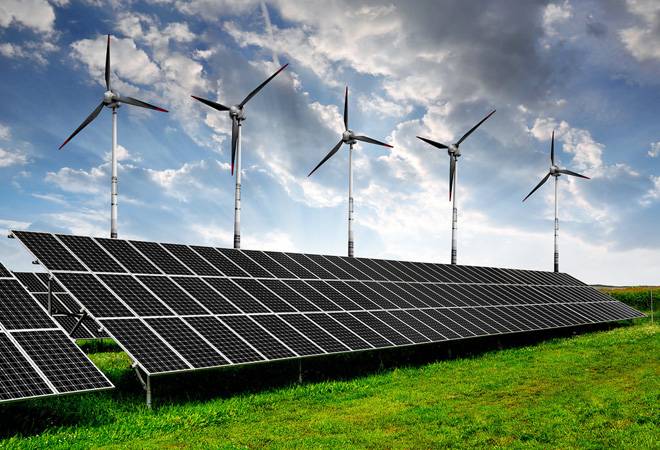
Global Renewable power spending has been virtually flat for seven years and most countries will need expensive grid upgrades to handle more solar and wind
Global investment in renewable energy (Solar, Wind, Hydro and biofuel) edged up 2% in 2017 to $279.8 billion, taking cumulative investment since 2010 to $2.2 trillion. The level of global renewable power spending has been virtually flat for seven years. There has been an increase in overall installed renewable power each year because of the dropping prices. A 2% increase in spending has resulted in 10% increase in global installations from 2016 to 2017.
A record 157 gigawatts of renewable power capacity was commissioned in 2017, up from 143GW in 2016. This was more than the 70GW of net fossil fuel generating capacity added last year. However, the installed fossil fuel power generates more kilowatt hours because of the low capacity factors of solar and wind power.
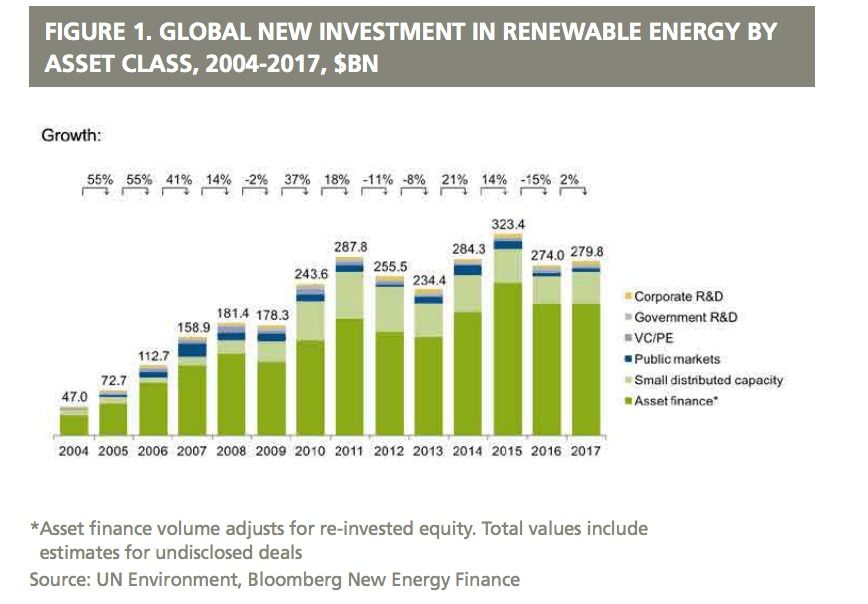
Can’t get out of bed? NASA picked the perfect songs to wake up its Mars rover
NASA engineers have crafted a themed playlist to greet their sleeping Opportunity rover on Mars, which lost power in a Martian dust storm in June.
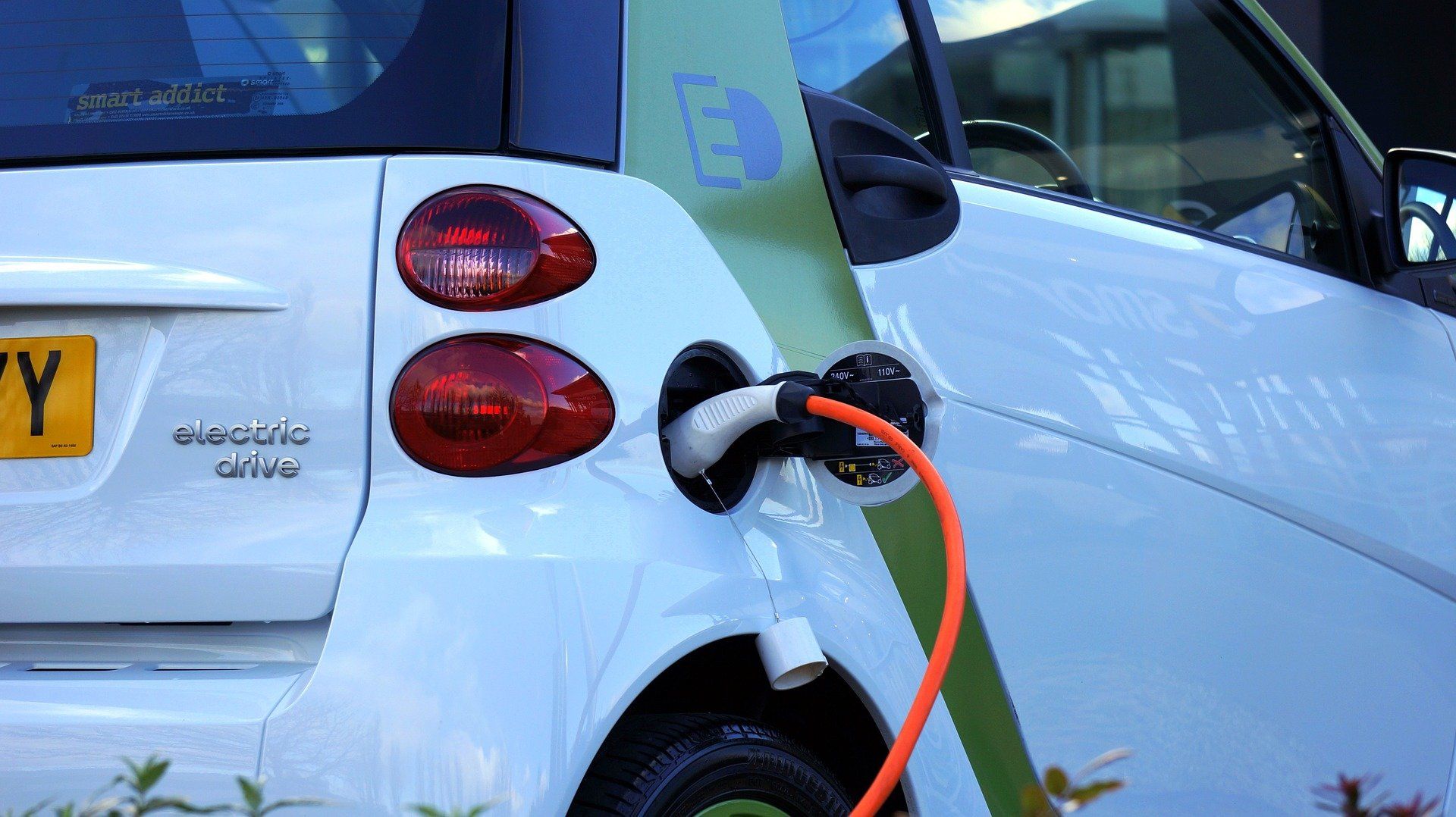
Liquid battery could lead to flexible energy storage
A new type of energy storage system could revolutionise energy storage and drop the charging time of electric cars from hours to seconds.
In a new paper published today in the journal Nature Chemistry, chemists from the University of Glasgow discuss how they developed a flow battery system using a nano-molecule that can store electric power or hydrogen gas giving a new type of hybrid energy storage system that can be used as a flow battery or for hydrogen storage.
Their ‘hybrid-electric-hydrogen’ flow battery, based upon the design of a nanoscale battery molecule can store energy, releasing the power on demand as electric power or hydrogen gas that can be used a fuel. When a concentrated liquid containing the nano-molecules is made, the amount of energy it can store increases by almost 10 times. The energy can be released as either electricity or hydrogen gas meaning that the system could be used flexibly in situations that might need either a fuel or electric power.

New water-splitting technology brings clean hydrogen fuel one step closer
In the quest for clean alternative energy sources, hydrogen is a favorite. It releases a lot of energy when burned—with a bonus: The major byproduct of burning hydrogen is pure water.
The big obstacle has been getting pure hydrogen in sufficient quantity to burn. So scientists are studying hydrogen evolution reactions, or HERs, a type of water-splitting technology in which electrodes, covered with catalytic materials, are inserted into water and charged with electricity. The interaction of the electricity, the catalysts and the water produce hydrogen gas—a clean fuel—and clean, breathable oxygen.
Alas, there is a problem: At present, electrodes must be coated with precious, expensive metals, most notably platinum.
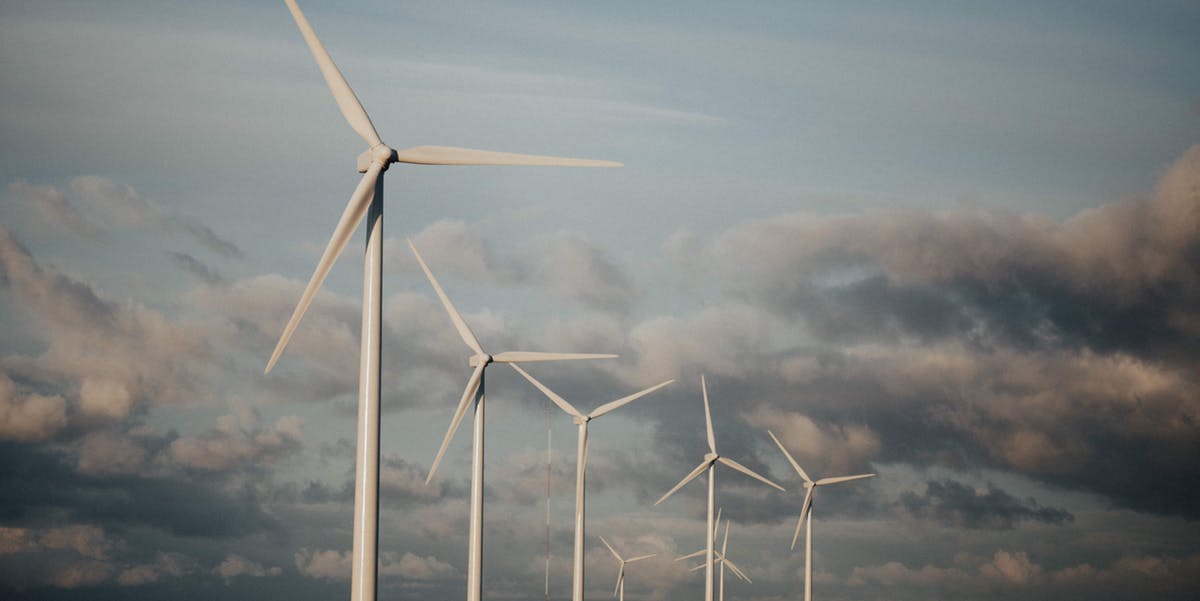
Renewable Energy Could Basically Be Free by 2030, According to New Analysis
A research analyst at Swiss investment bank UBS believes the cost of energy renewables could be so near to zero by 2030 “it will effectively be free,” according to a projections published on Monday. If renewables could soon be cheaper than all the alternative energy sources, and that this “is great news for the planet, and probably also for the economy.”
The analysis, published in the Financial Times, explains that solar and wind farms are getting bigger, and that the potential of this sort of cheap, green energy is far-reaching and will only get cheaper. “In 2010, using solar power to boil your kettle would have cost you about £0.03,” the analyst writes in FT. “By 2020, according to estimates by our research team at UBS, the cost will have fallen to half a penny.” And just ten years later, the costs will be so minuscule, it will practically be free.
See also: 7 Massive Corporations Going Green to Boost Their Bottom Lines.
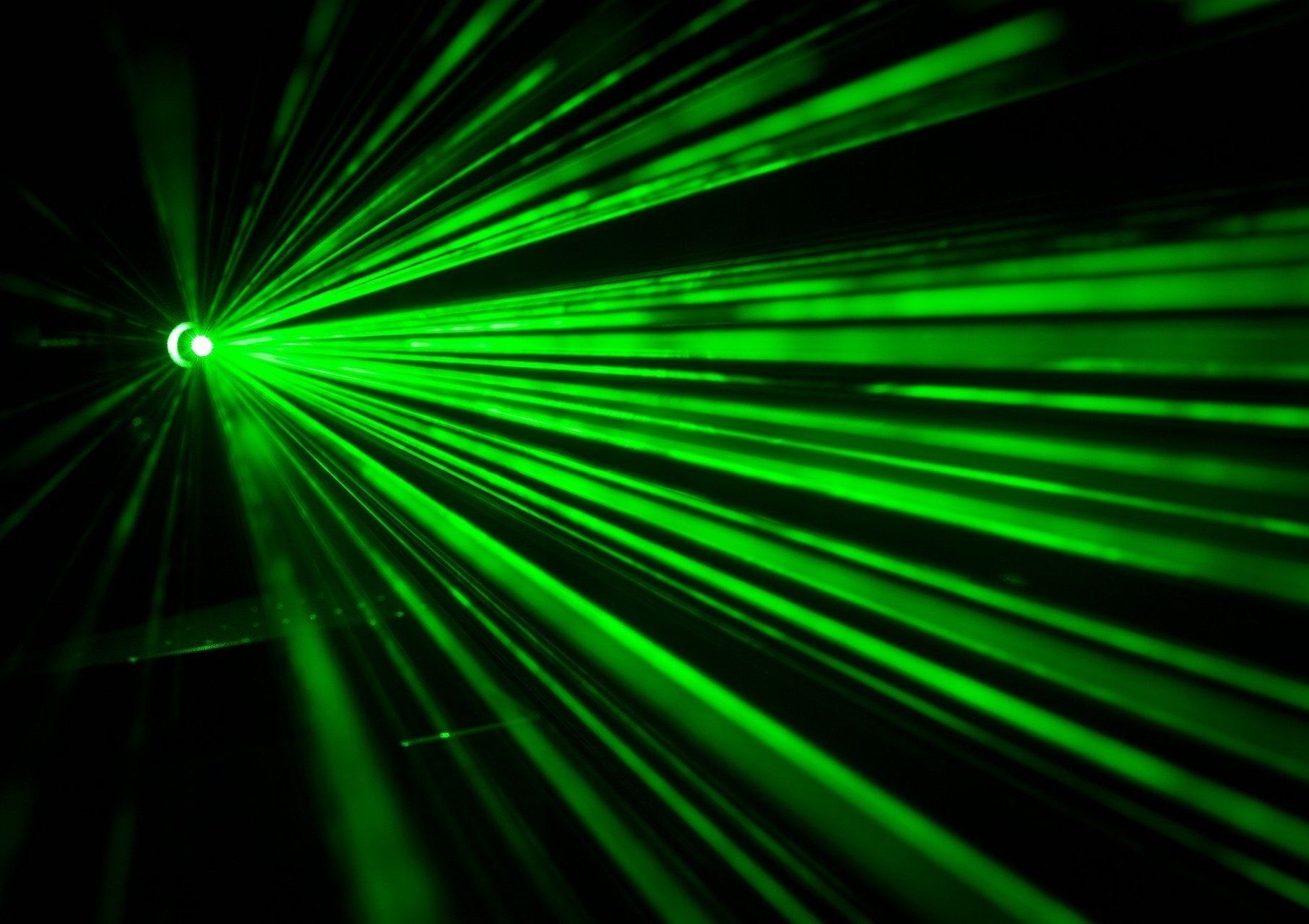
Terahertz technology creates new insight into how semiconductor lasers work
Lasers are widely used as high power sources of light operating at a specific frequency. But how does this frequency get selected when a laser is turned on, and how quickly?
Pioneering engineers working with terahertz frequency technology have been researching how individual frequencies are selected when a laser is turned on, and how quickly the selection is made.
The development of specific terahertz equipment has allowed them to investigate this process for the first time. Their results, published in Nature Communications, will underpin the future development of semiconductor lasers, including those used in public and private sector-owned telecommunications systems.

The behavior of water—scientists find new properties of H2O
A team of scientists has uncovered new molecular properties of water—a discovery of a phenomenon that had previously gone unnoticed.
Liquid water is known to be an excellent transporter of its own autoionization products; that is, the charged species obtained when a water molecule (H2O) is split into protons (H+) and hydroxide ions (OH−). This remarkable property of water makes it a critical component in emerging electrochemical energy production and storage technologies such as fuel cells; indeed, life itself would not be possible if water did not possess this characteristic.
Water is known to consist an intricate network of weak, directional interactions known as hydrogen bonds. For nearly a century, it was thought that the mechanisms by which water transports the H+ and OH− ions were mirror images of each other – identical in all ways except for directions of the hydrogen bonds involved in the process.
This Laser Can Turn Energy Into Mass
Guess what will they it use it for? #SolarSails
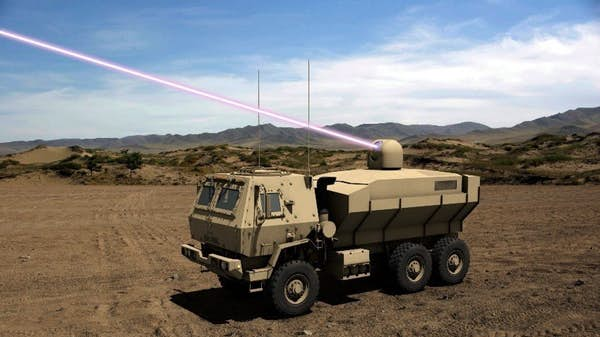
US Army moves ahead with development of 100-kW mobile battlefield laser
The US Army is moving forward with a new 100-kW laser weapon, awarding US$10 million to Lockheed Martin and Dynetics to continue development of the High Energy Laser Tactical Vehicle Demonstrator (HEL TVD). Designed to counter low cost, high volume threats, the new mobile battlefield laser is the latest in the American effort to produce incrementally more powerful and accurate directed energy weapons.